Rosewill Photon-1200 PSU Review
Today, we evaluate Rosewill's Photon-1200, manufactured by Sirfa, featuring fully modular cabling, Gold-rated efficiency and a high watt-per-dollar ratio.
Why you can trust Tom's Hardware
Packaging, Contents, Exterior And Cabling
Packaging
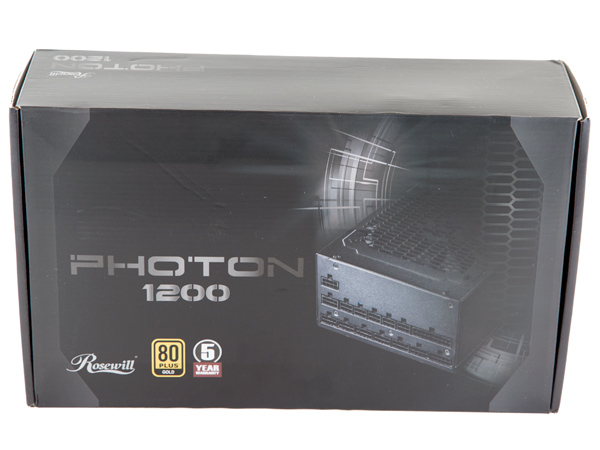
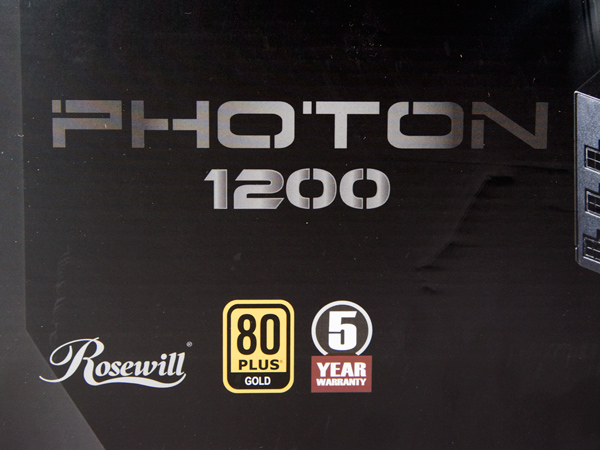
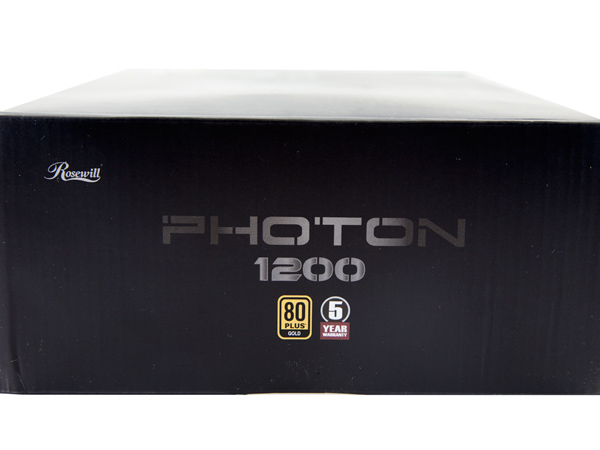
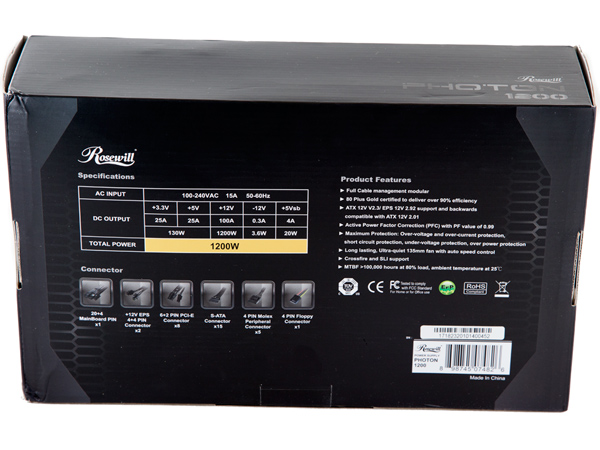
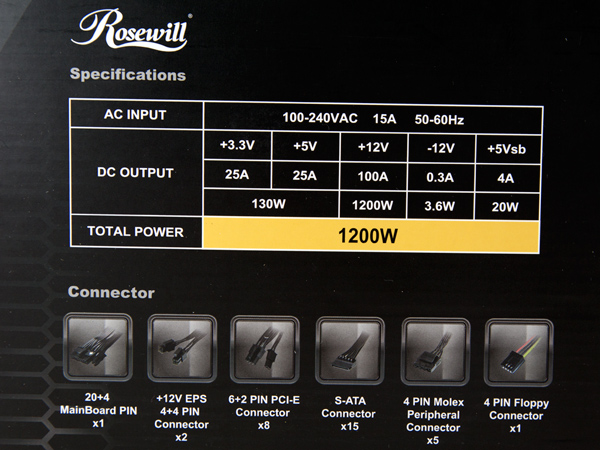
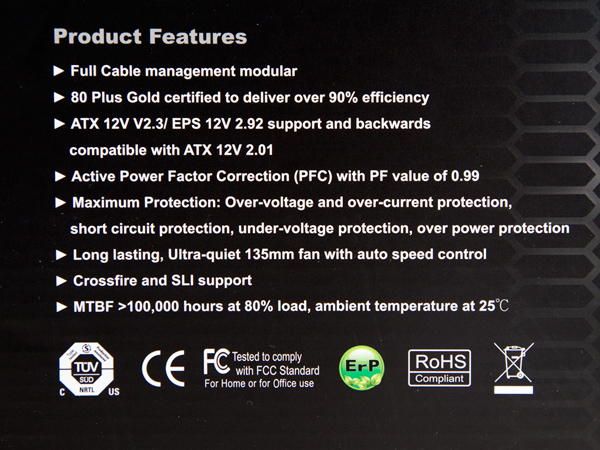
The Photon-1200 comes in a large box with a black background. On the front, you'll find the model number and a photo of the PSU with its modular panel exposed. The box also includes an 80 PLUS Gold badge and an icon that indicates the unit's five-year warranty.
On the back of the package, there's a power specifications table, along with a graphical list describing the available connectors. However, the information doesn't specify cable length. Finally, the back of the box includes a brief list of product features.
Contents
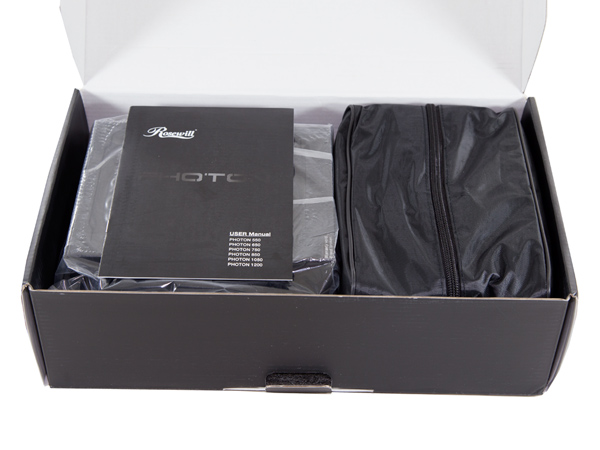

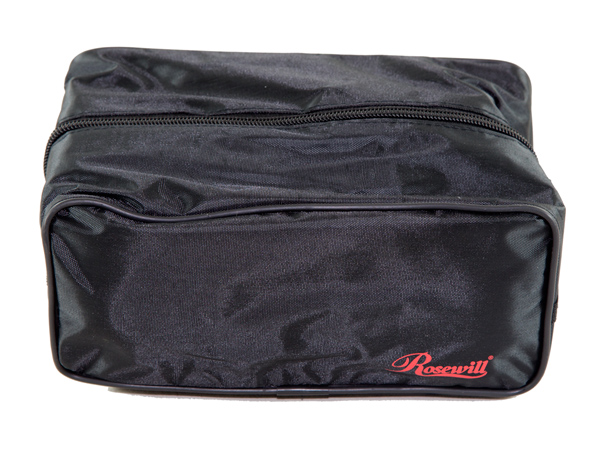
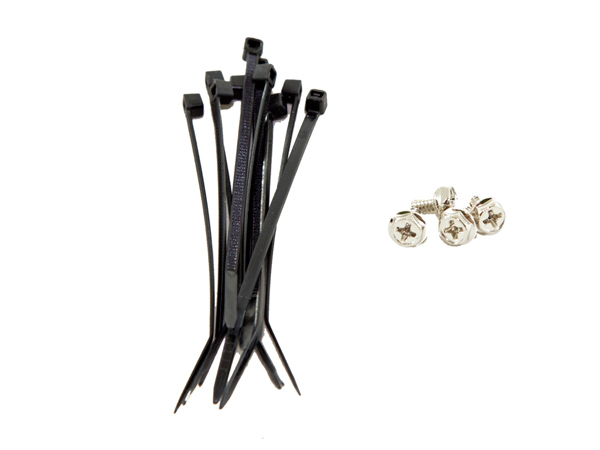

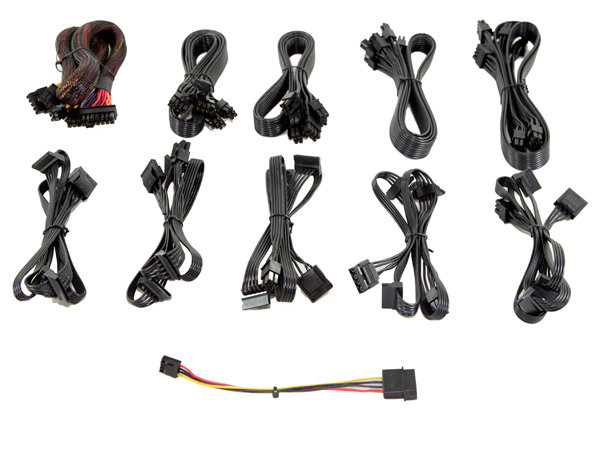
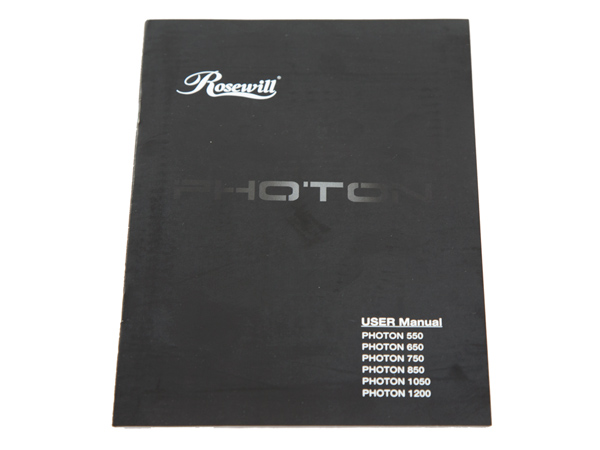
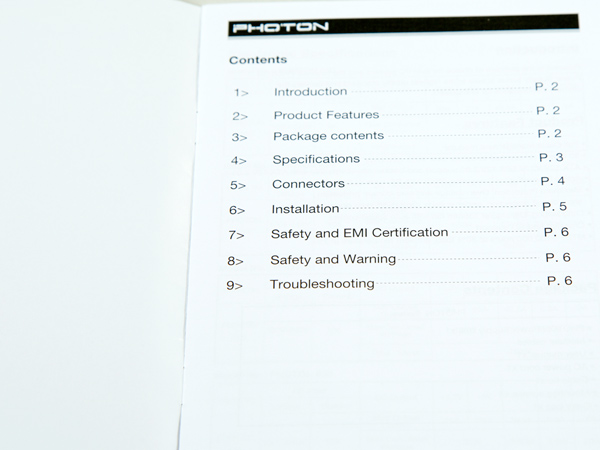
The unit is not protected very well inside the box—we found no packing foam on top or on the sides, and the bottom of the box only includes a thin sheet of packing foam. We expect much better protection for a product that costs $170. The bundle includes a pouch for storing the modular cables, a set of zip ties, a set of screws and a really thick AC power cord.
Exterior
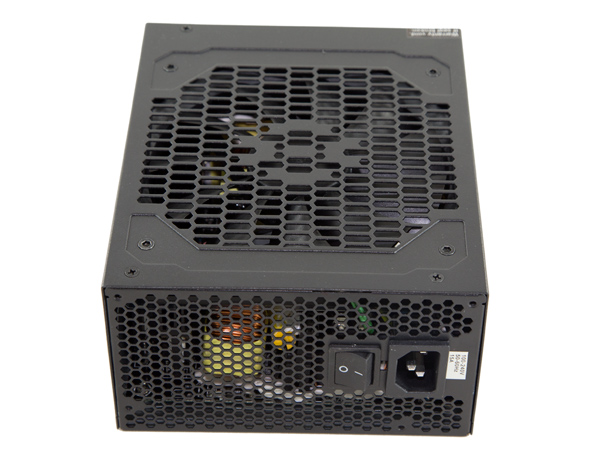
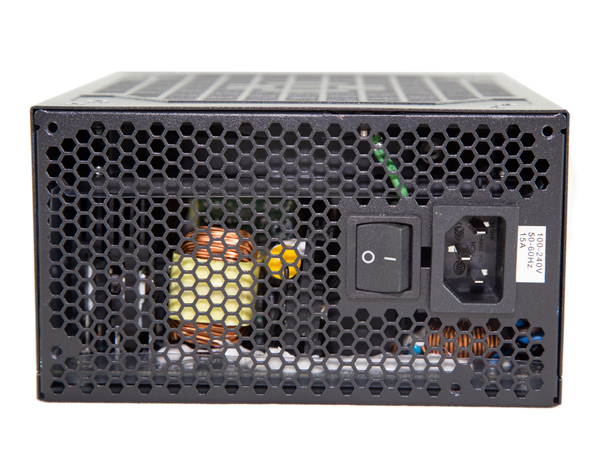
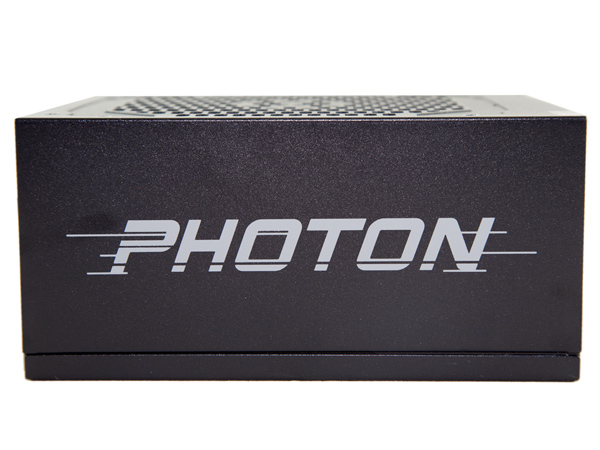
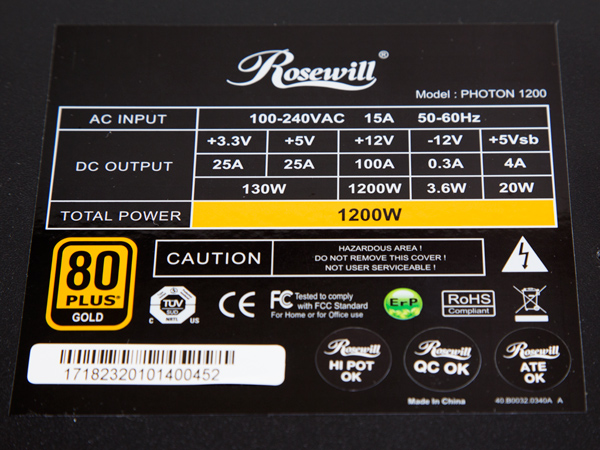
The Photon-1200 might not be the best-looking PSU on the market, but it certainly has a distinct look that makes it stand out. The design of the top mesh plays a key role in this aesthetic, though we think it could restrict airflow. On the front, there is a classic, honeycomb-style mesh, and the on/off switch is installed next to the AC receptacle. The power specifications label is placed on the bottom of the unit, and there are decals with the series name on the sides.

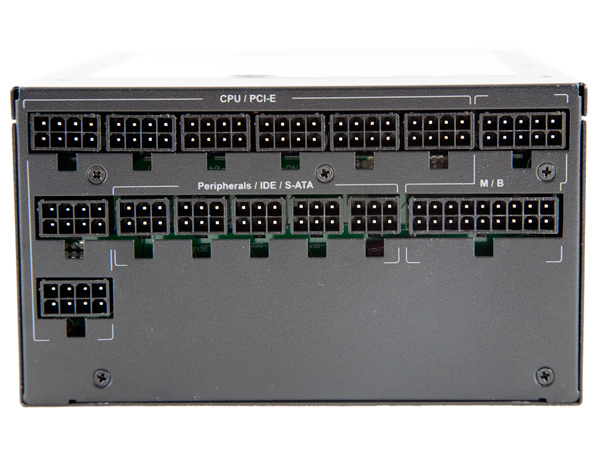
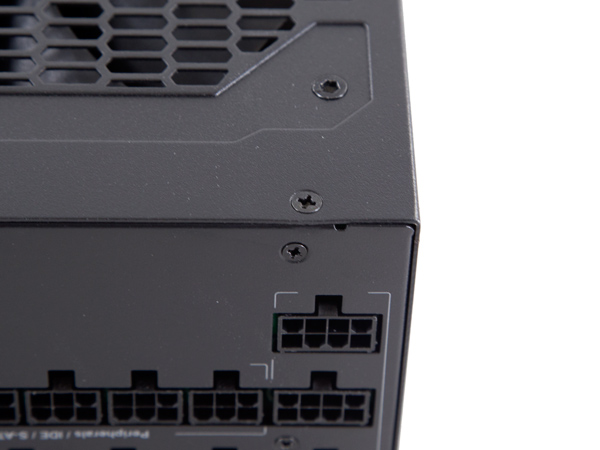


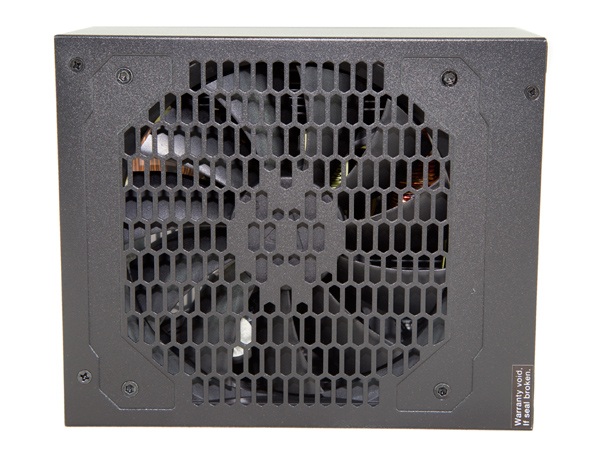
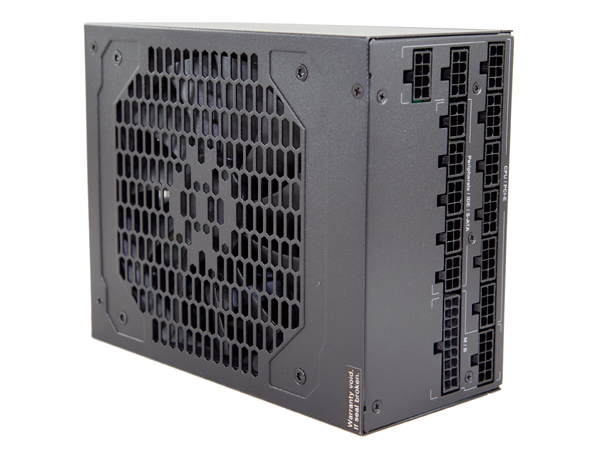
The finish is more matte than glossy, and overall, it exudes good quality. The back of the modular panel includes many sockets, which could have been arranged better in order to have more space between them, making them easier to attach and detach. Finally, the PSU is compact considering its 1.2kW capacity.
Cabling
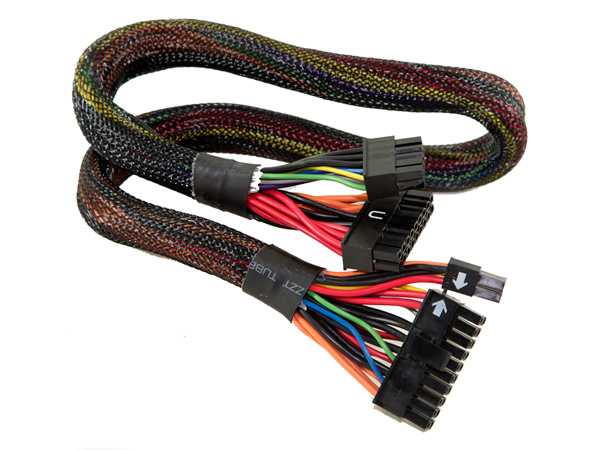

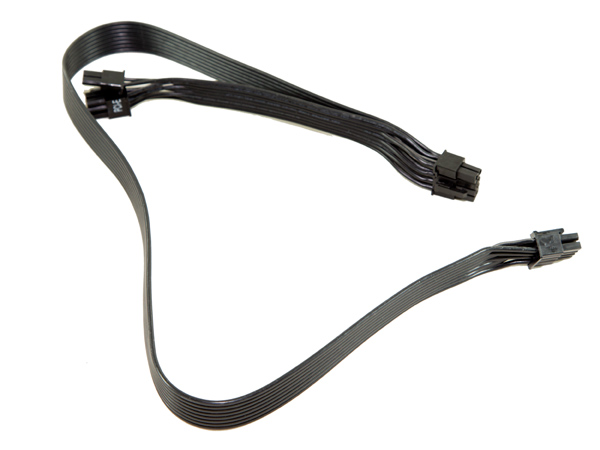
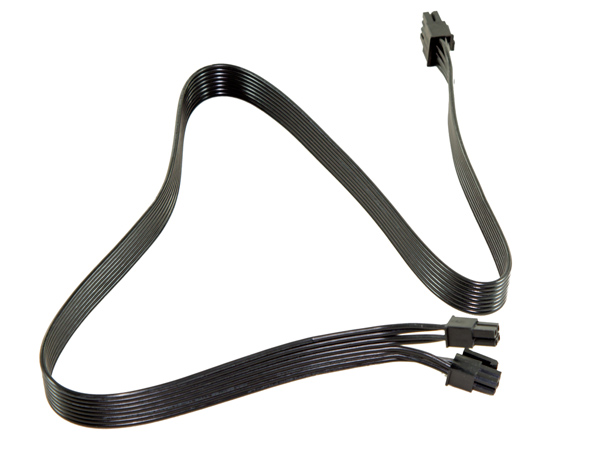
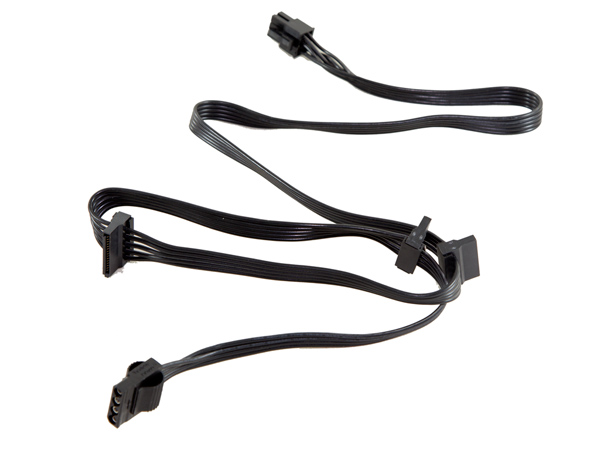
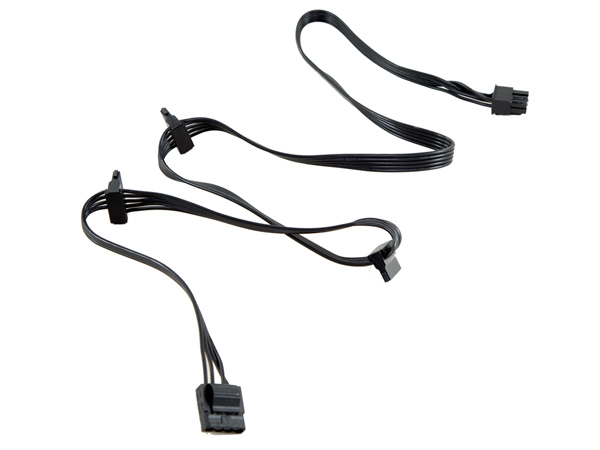
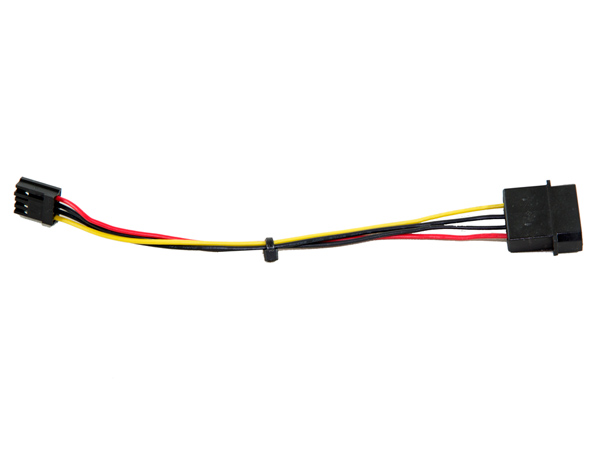
The main ATX cable is fully sleeved and consists of colored, non-stealth wires, so it's not a very good match with the rest of the stealth/ribboned cables. It was wise of Rosewill to not include a flat and/or stealth Berg adapter because it probably wouldn't be needed by anyone shopping for such a high-end power supply.
Get Tom's Hardware's best news and in-depth reviews, straight to your inbox.
Current page: Packaging, Contents, Exterior And Cabling
Prev Page Introduction Next Page A Look Inside And Component Analysis
Aris Mpitziopoulos is a contributing editor at Tom's Hardware, covering PSUs.
-
MasterMace Sirfa has produced too many poor units in the past to get any leeway or benefit of the doubt. It failed 80 Plus Gold in the hotbox at 100% load.Reply -
boller I have a good perspective on that ripple thing: just finished repairs of a PC power supply and when I was measuring ripple I found it was out of whack (300 mV pp). After some investigation I found out that measuring ripple is a tricky thing. Tom's description on how they do it is very incomplete. Eevblog guy spent an entire episode on ripple. In my case I had to do this: limit oscilloscope bandwidth 20 MHz, instead of the grounding clip use that spring attachment and measure loaded PSU at the last cap before leads. Ripple went down from 300 to 48 mV pp.Reply -
Aris_Mp First of all you don't just hook a scope on a PSU's output and measure ripple else you will catch huge spikes, like in your case, which will totally alter the measured result.Reply
Secondly most users aren't interested on how I do things (and even if I elaborated on all the procedures I follow only a fraction of them would understand them) but about the final result. For me the most important is to explain what ripple is and how it can affect the components of a system.
Thirdly. You don't have to watch Dave to see how ripple is measured properly. You can check on the ATX spec which includes the ripple measurement procedure. I follow all guidelines of the ATX spec so if you need to see how I measure ripple or load regulation just take a look at them. In any case the following scheme will show you how to measure ripple on a PSU.
-
boller No need to be defensive, I was just pointing out that your _description_ is incomplete, not that you do it wrong. Although it would be nice for you to place a note over there saying that actual procedure involves some additional caps and an honest to god differential probe (!)Reply -
Aris_Mp I just replied to your concerns. No need to think that I am defensive because clearly this is not the case with me.Reply
I already stated that I don't mention how I measure ripple since among others all of us reviewers have to follow the ATX spec procedure. There is no point in repeating the whole ATX spec from the moment that anyone can download and read this spec with a simple google search.
Besides these two caps (which are already pre-installed on the fixtures that most of us reviewers have. There also present on loaders like the Sunmoon ones) and the good quality probes you also need to isolate all external noise that can pass from the PSU's EMI filter. In other words you need to provide "clean" power to the PSU. Personally I do this with a Chroma AC source and in the near future I plan to get a online UPS with some extra circuits for EMI/noise protection which will feed the AC source (so I will have two layers of protection). In order to check if your line is clean firstly take some readings on the major rails (+12V, 5V and 3.3V) with the PSU in standby. If you see increased ripple (normally it should be close to zero mV) then your scope picks up noise or the PSU isn't properly isolated from the rest devices on your home/lab. -
CTurbo It's not a bad unit, but it's not competitive at all. It's more expensive than an EVGA G2 1300w Gold and and Rosewill Capstone 1200w Gold, and almost as much as an EVGA P2 1200w. Yikes!Reply -
Mac266 Shame it performed badly, a cheap high rated supply could stir the market up nicely!Reply
It's not a bad unit, but it's not competitive at all. It's more expensive than an EVGA G2 1300w Gold and and Rosewill Capstone 1200w Gold, and almost as much as an EVGA P2 1200w. Yikes!
CTurbo! How ya been mate?